This project explores two computational approaches that leverage 3D digital geometry to automate the shaping process for 3-dimensional knit objects. The first approach explores modifying a pre-built tool, Autoknit, a fully automated software developed at the Carnegie Mellon Textiles Lab. However, due to its limited flexibility, I developed a second approach: a pipeline that leverages Computer Graphics research of The Heat Equation to create a more adaptable solution. In developing this custom pipeline, the project aims to uncover a more versatile and better visualized workflow for machine knitting 3D geometry.
Autoknit
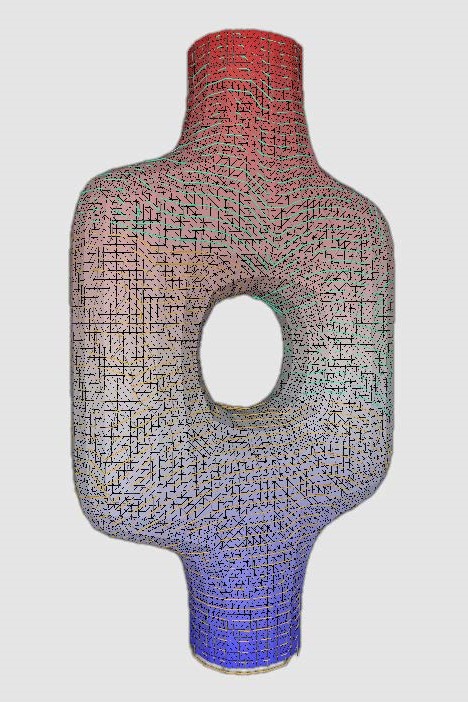
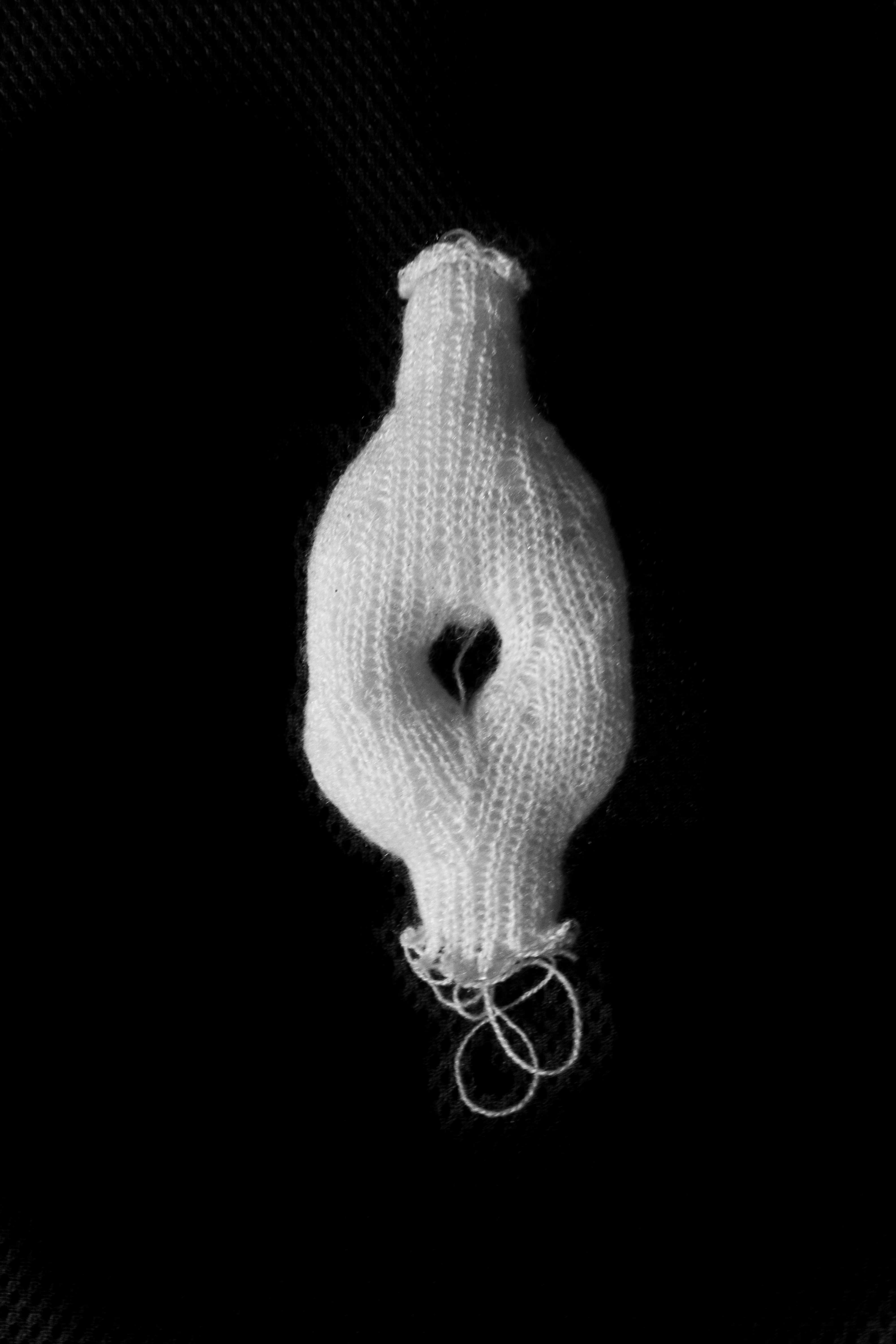
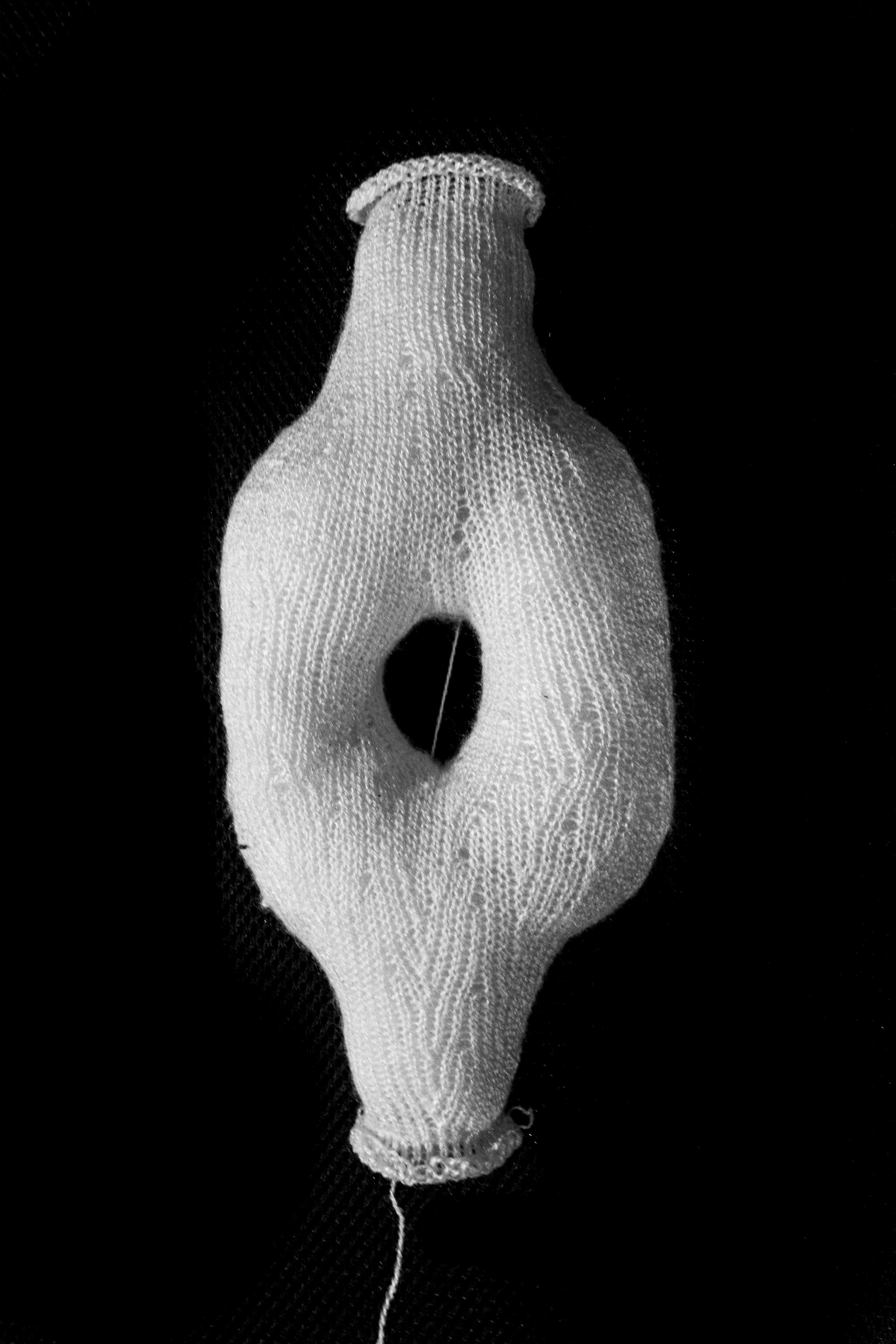
Autoknit consists of four main steps: Constraints, Peeling/Linking, Scheduling, and Knitout. Autoknit is a fully automated system with well-referenced research and a supportive community. GHAutoknit Grasshopper plugin by Max Eschenbach, for example, allows me to test Autoknit in Grasshopper where I'm also able to create geometry. Autoknit, however, encountered some significant time delays during the peeling and linking stage when I attempted to process human-scale garments. This computational bottleneck made it difficult to generate reliable stitch meshes at scale. Challenges in scale accuracy and processing time highlighted the need to strike a balance between automation and control.
The Heat Method
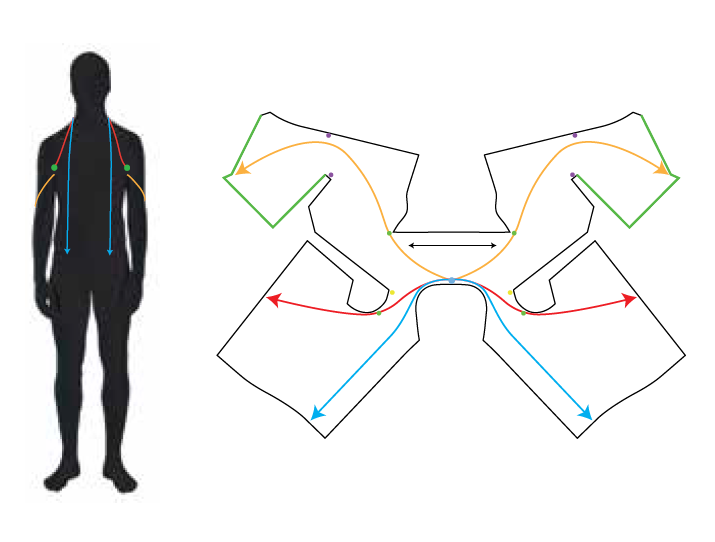
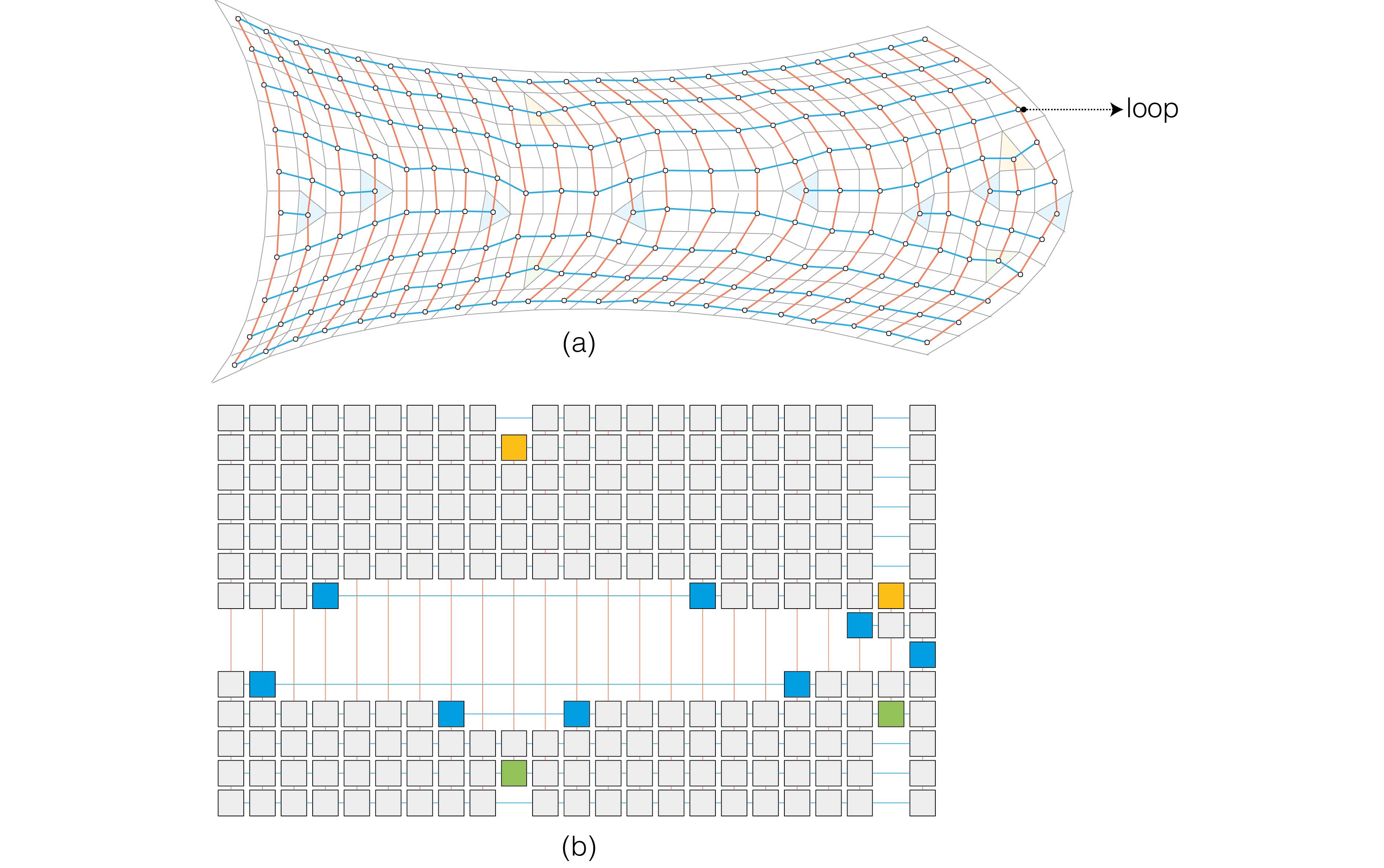
Reassessing the project objectives, the emphasis shifted towards automating 3D surfaces instead of fully-fashioned 3D forms, reducing fabrication complexity. I drew inspiration from Rickard Lindqvist's "Kinetic Garment Construction" and Mariana Popescu's computational knitting chapter in "KnitCrete". Lindqvist's work offered a fresh perspective on dynamic garment construction, and Popescu's work provided a solid technical foundation on creating a 3D knit design pipeline. I arrived at the conclusion that strategic planning of garment seams would permit a designer to machine knit a single 3D surface, or “textile template” and sew its edges to fashion a single, 3D garment.
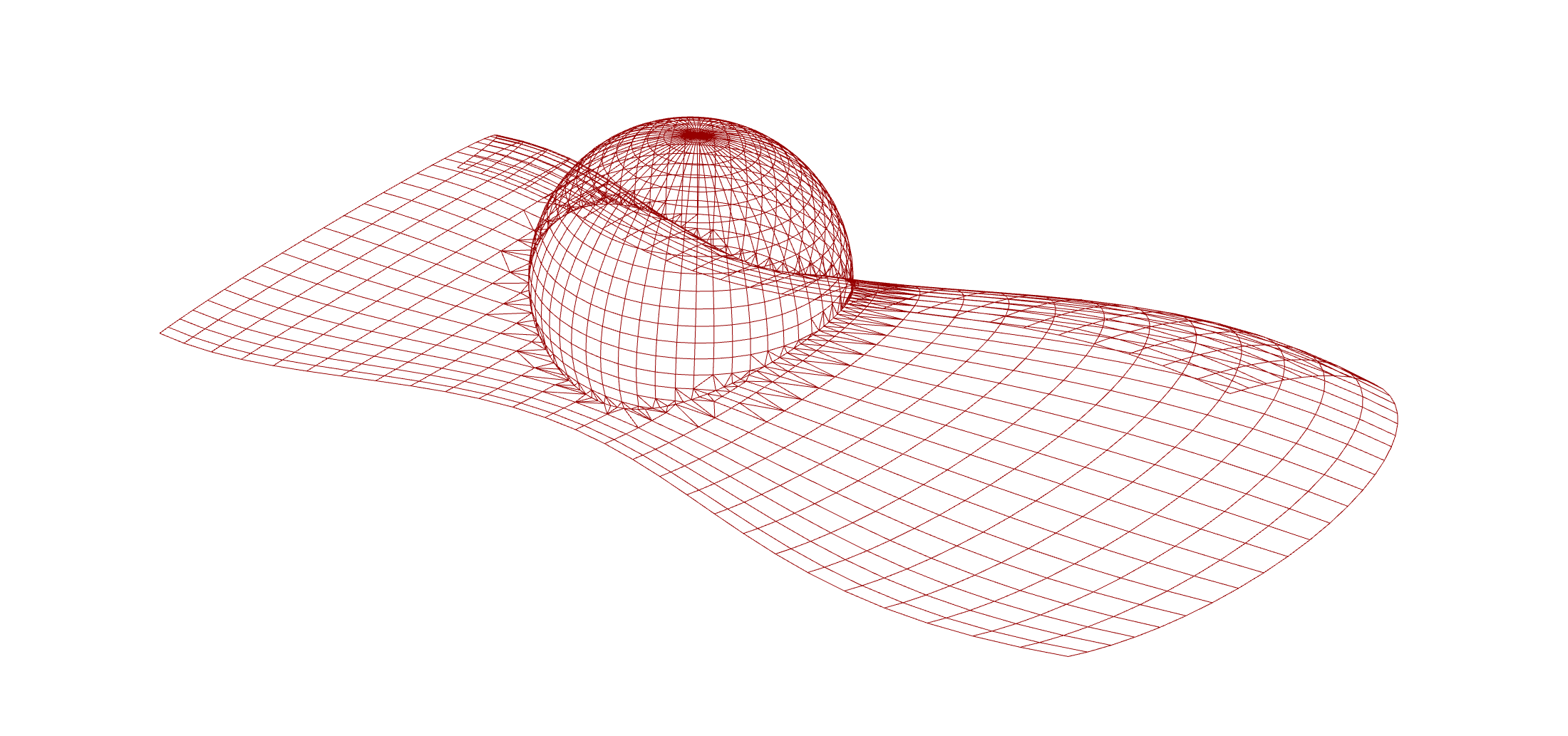

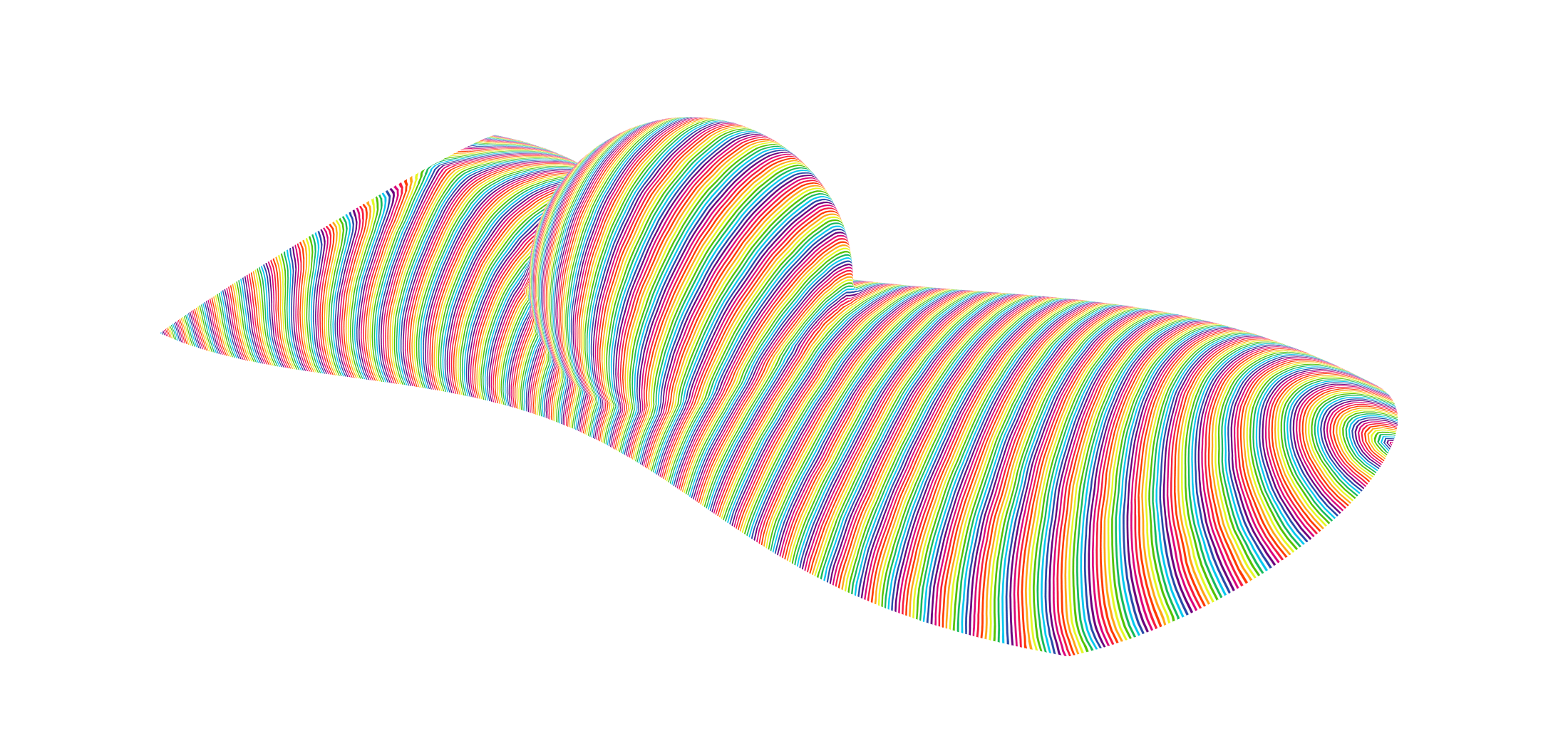
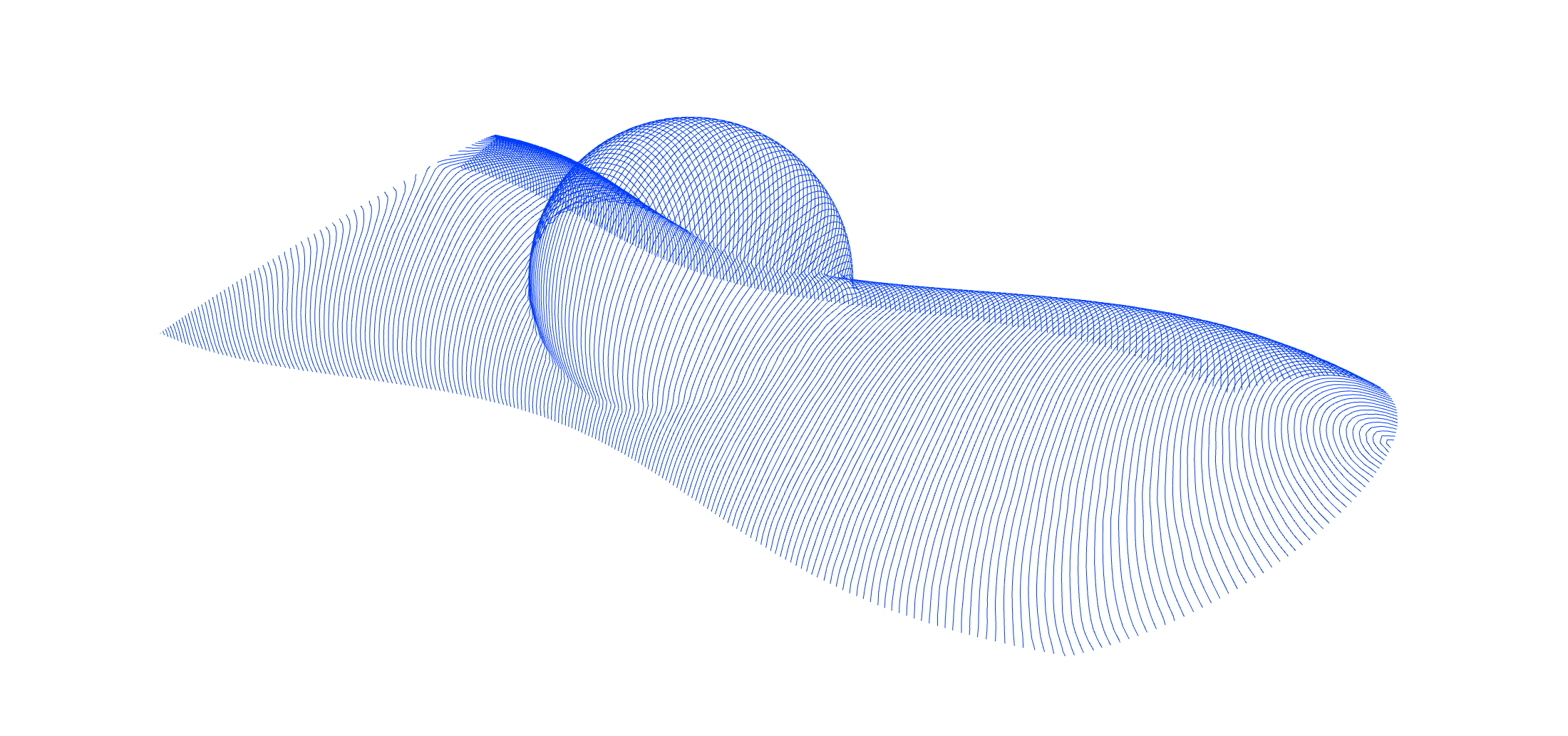

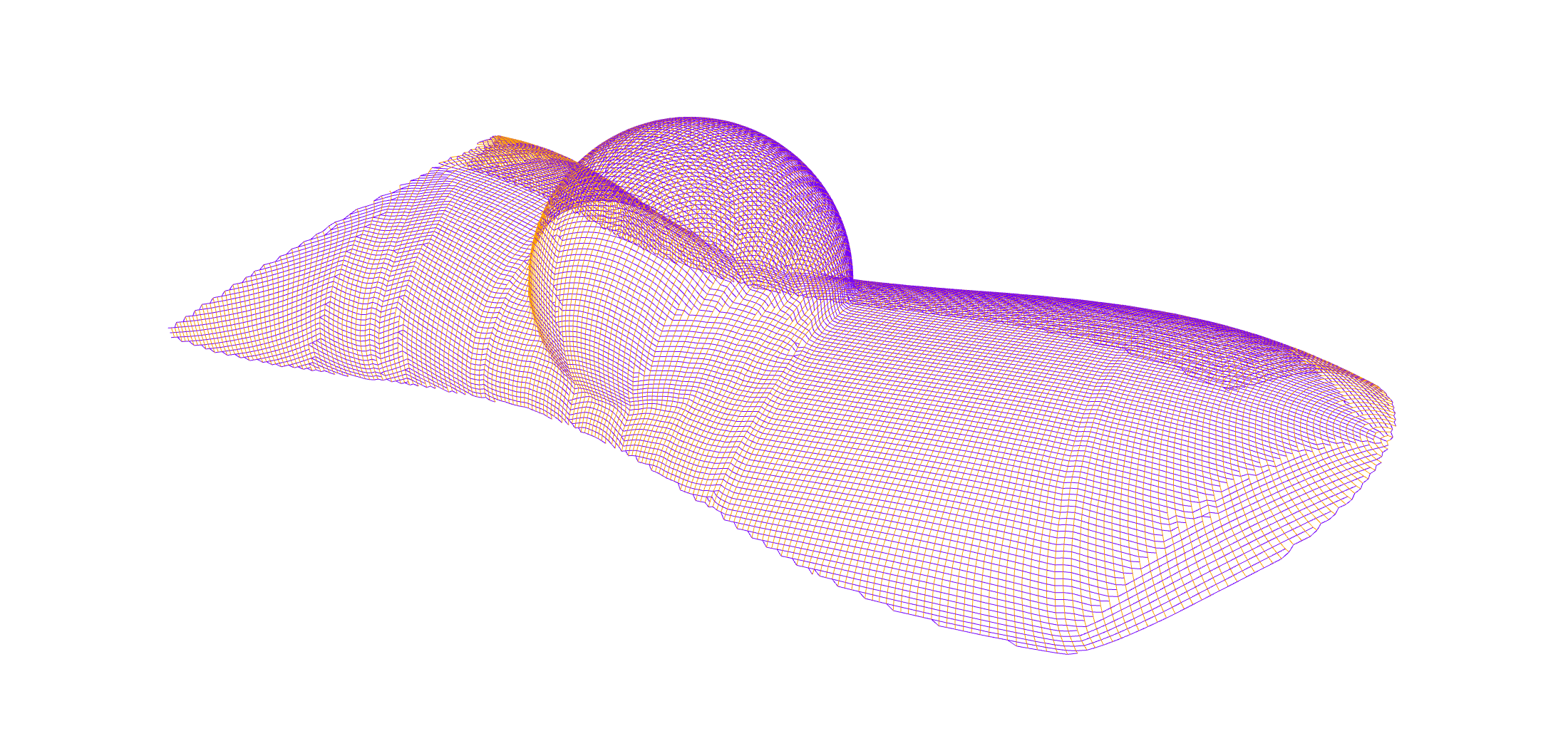
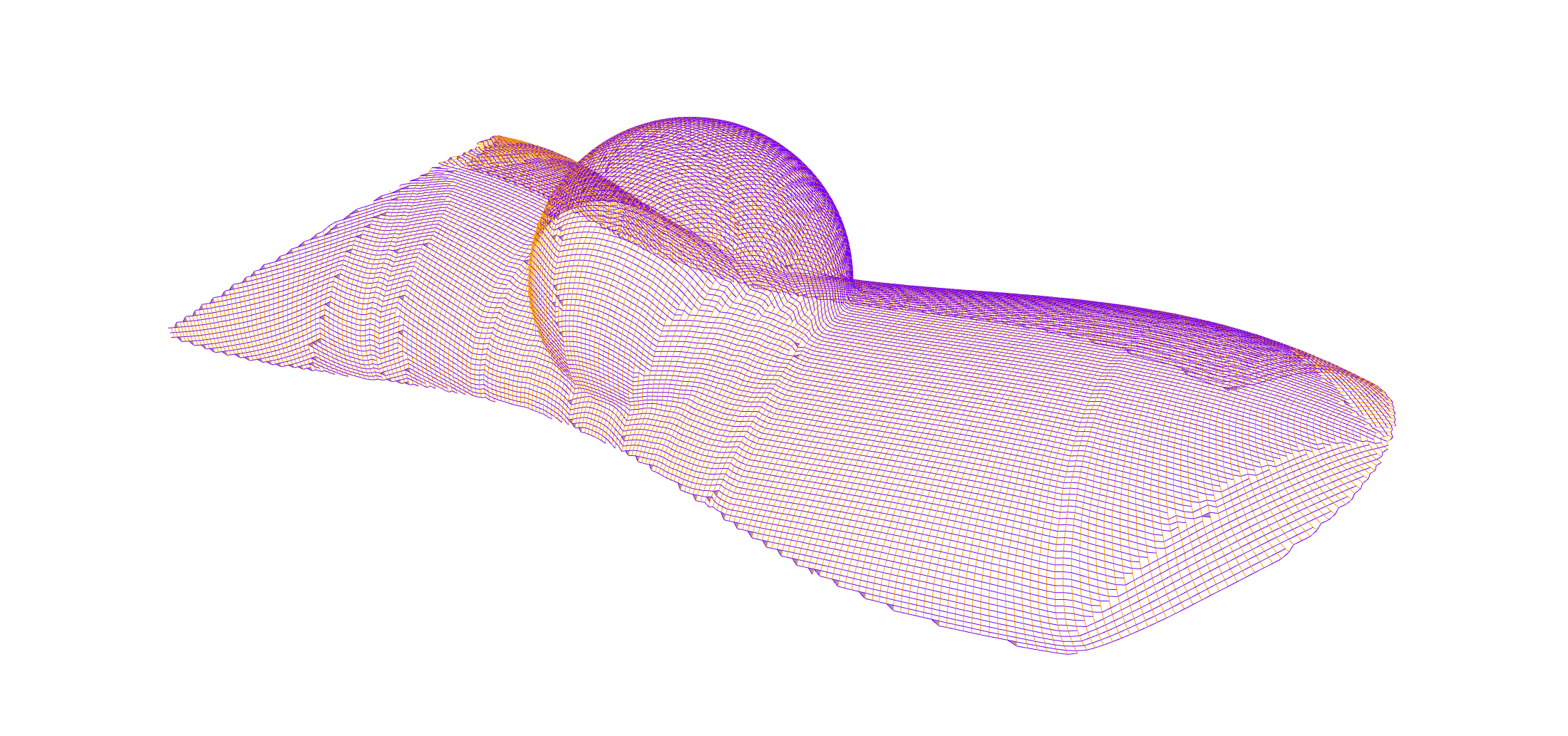

The ultimate goal of the project is to contribute to the field of computational knitting by exploring alternative approaches to garment construction, integrating industrial knitting, 3D surface generation, and computational techniques. This project envisions a workflow that empowers designers by seamlessly integrating computational tools and automation into the creation of 3-dimensional knit objects.